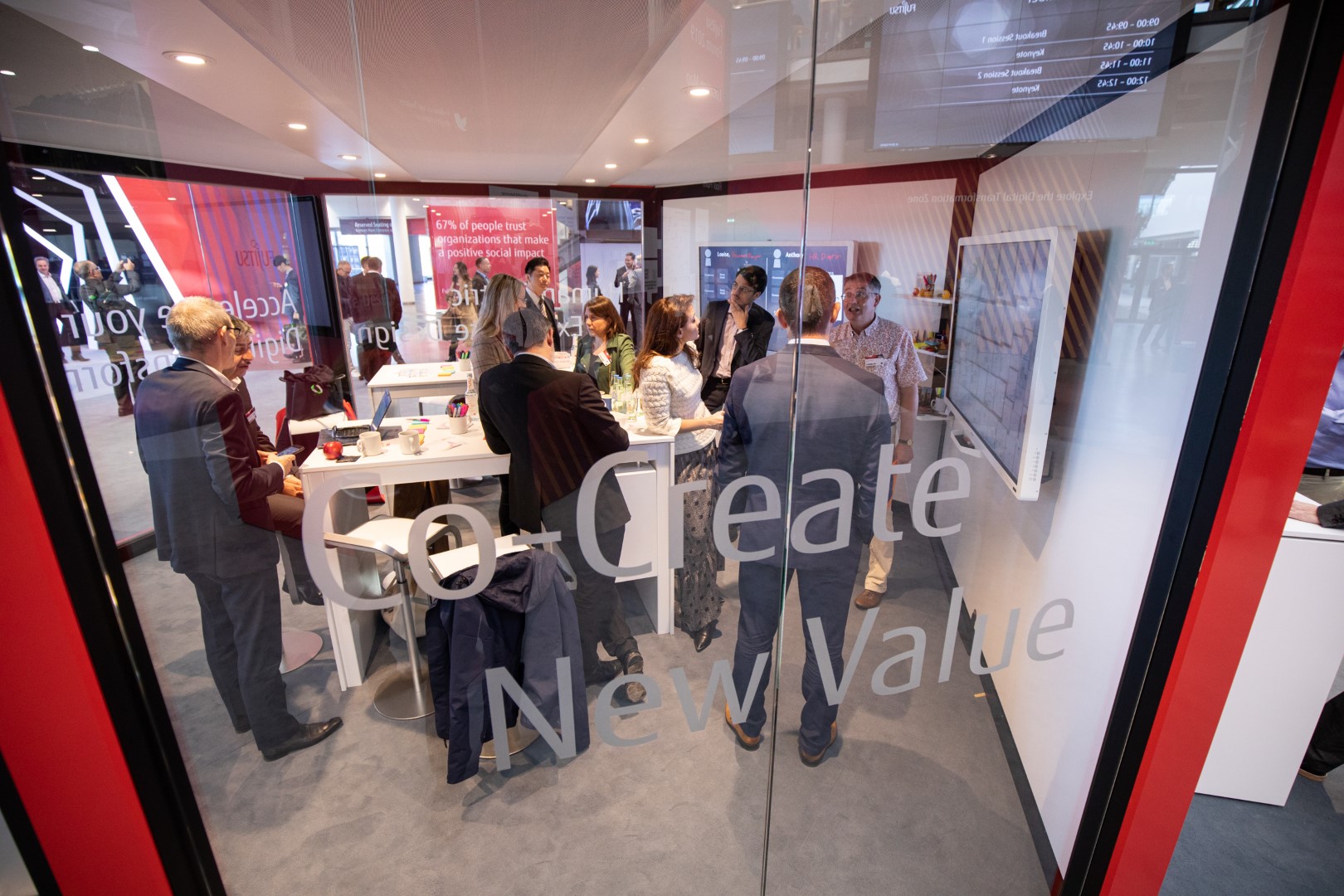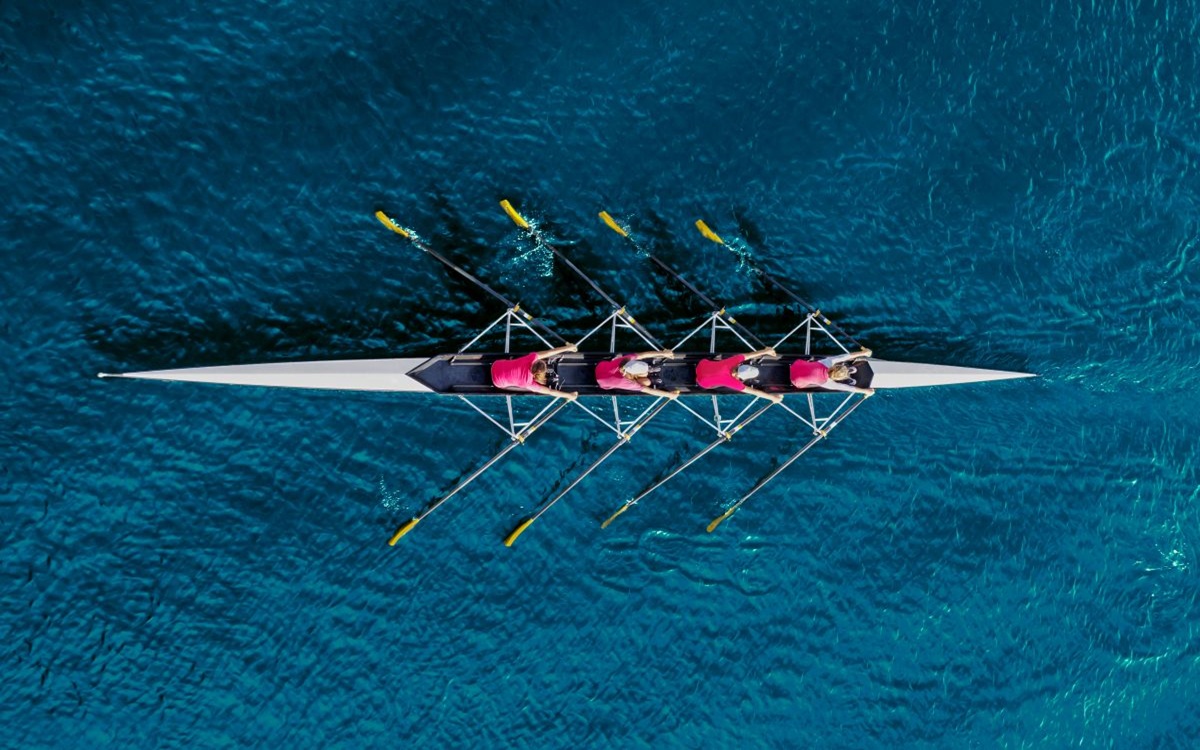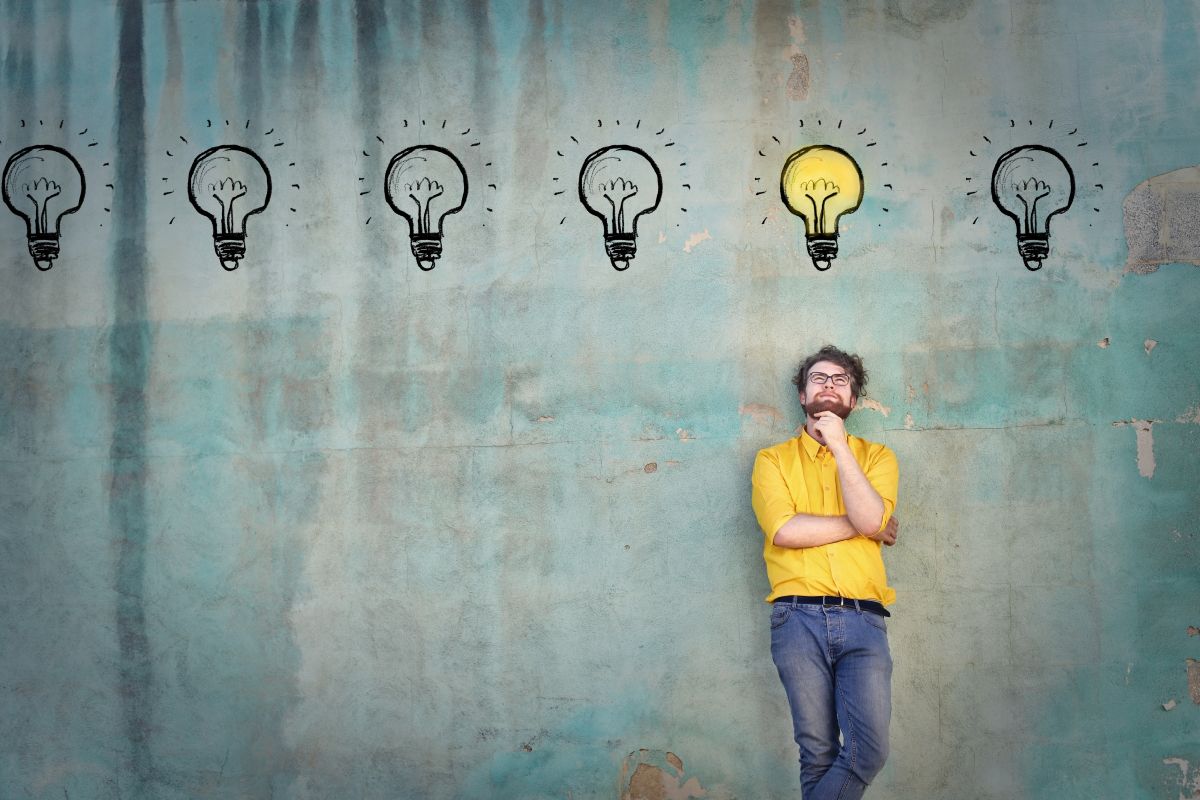
Last October, a diverse group of more than 300 individuals gathered for the annual Fujitsu Distinguished Engineers (FDE) Conference in Berlin.
Their goal was to find a practical solution to the UN’s 11th SDG – “to make cities inclusive, safe, resilient and sustainable”.
With more than 70% of us set to live in cities by 2050, a staggering total of 6.5 billion people, any and all efforts to create a greener world will need to involve significant changes to urban areas.
But cities are incredibly complex, unique and rapidly changing environments, and this has made their transformation an incredibly challenging feat.
Nonetheless, in just two days, our teams came out with 27 different practical concepts, with the winning ideas already being validated to put into practice.
The individuals in that room were from all around the world, most had never even met each other before. Yet, in the space of an afternoon, most had been able to co-create a solution to one of the world’s biggest and most pressing issues.
How?
Well, that’s the power of co-creating through human-centric design – something we talked all about at Fujitsu Forum 2019 and what I’ll be discussing in this blog post.
The rise of ecosystems
As we barrel towards the 4th industrial revolution, one thing is becoming clearer and clearer – no enterprise can brave it alone.
This has led to the steady rise of ecosystems as organizations band together to solve problems and offer better services to customers.
However, despite the growing popularity of co-creation, old habits die hard. Convincing companies that have been competitors for as long as they remember to work openly together is its own challenge.
To create an ‘active ecosystem’ –where partners forge whole new connections and walk away with clear added value – you need a special ingredient…
Trust.
Without trust, co-creation and ecosystems will never be all they can be.
So, once we began shifting towards becoming more of a ‘digital transformation’ company, we started working on a special proposition for our customers – Fujitsu Human Centric Experience Design (Fujitsu HXD).
With it, we can help organizations to co-create effectively and build trusted, active ecosystems.
The co-creation challenge
Human Centric Experience Design is all about enabling people to be their most innovative through collaboration.
First, organizations come to one of our Digital Transformation Centers (DTCs), located in New York, Munich, London, Tokyo, Osaka and Pune ’Gateway’ customer center.
Our latest facility is the new DTC in Sydney, co-located on Macquarie University premises to better leverage the research capabilities of the institution.
By giving us access to new circles of expertise, we’ve been able to create new Venn diagrams of interesting companies we might not have typically had the opportunity to work with.
And even if an organization isn’t based in one of the aforementioned countries, we’ve recently launched a mobile DTC capability. This means companies who want to take advantage of our collaboration tools can do so anywhere in the world.
Our mobile DTCs allow us to bring together different organizations to co-create in temporary, or single-topic ecosystems, to find solutions to very specific objectives.
We then assemble a team of diverse minds, all of whom are involved in the challenge in some way use our unique set of analog and technological tools to capture ideas, so the best ones can be built on.
Collaboration at its finest
Just like with the Distinguished Engineers (FDE) Conference SDG 11 challenge, we invited 45 service providers – 92 people representing 33 customer organizations – to take part in a co-creation session at Fujitsu Forum last November.
The goal was to inspire competitors who usually wouldn’t work together to collaborate to find new value propositions. This included creating innovative market opportunities and better exploit of capabilities for customers.
An example of one such value proposition we reached in Munich was the idea of an AI platform-as-a-service. This would be a way for businesses to access artificial intelligence services without the significant investment in infrastructure it typically requires.
Once this was agreed on, the ecosystem began to take shape. We managed to create a very active ecosystem – or micro-alliance – around that very specific proposition.
It was one that our customers and our customer’s customers, such as smaller service providers and ones more geographically focused, could coalesce around.
Because our HXD approach encourages teams to look at challenges from different perspectives, the diversity of thinking usually conjures up brand new solutions to old problems.
And the ability to spin up and spin down these relationships brings a level of flexibility to the ecosystems that allows them to be very purposeful.
We can do more together
As more organizations realize ecosystems are the future, we’re also using co-creation to power their ability to achieve more meaningful endeavors.
We’ve included diversity and inclusion programs, as well as two sustainability programs to our workshops as part of our effort towards delivering more social value.
One tier of the sustainability workshops will be for responsible organizations who want to collaborate with us to find new solutions that will have a positive social impact.
The other sustainability offering will be for individual clients who want to use the HXD approach to find new ways they can address their own sustainability challenges. They can use our technology solutions to optimize their supply chains, or reduce the amount of natural resources they use, for instance.
For example, plastic waste is a problem of global magnitude, but only 10% of materials worldwide are recycled.
By forming an ecosystem across value chains, the Alliance to End Plastic Waste is finding the real pain points that hinder recycling and offering more meaningful solutions.
So, we need to carry on building this ‘frenemy economy’ and facilitate rivals to collaborate.
Because nothing will stop the market from changing.
And you can either be a part of the change – or left behind by it.
Get in touch to learn more about what the HXD approach and our Co-creating Program can do for your organization.



